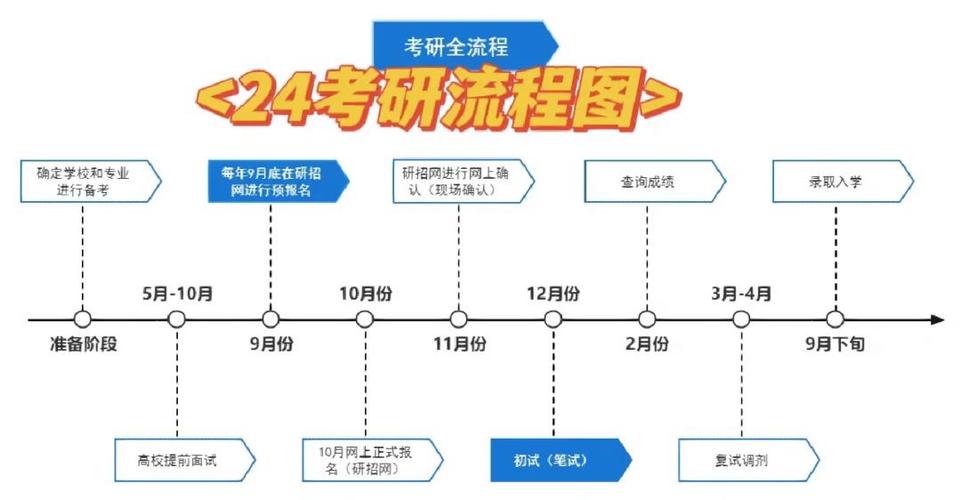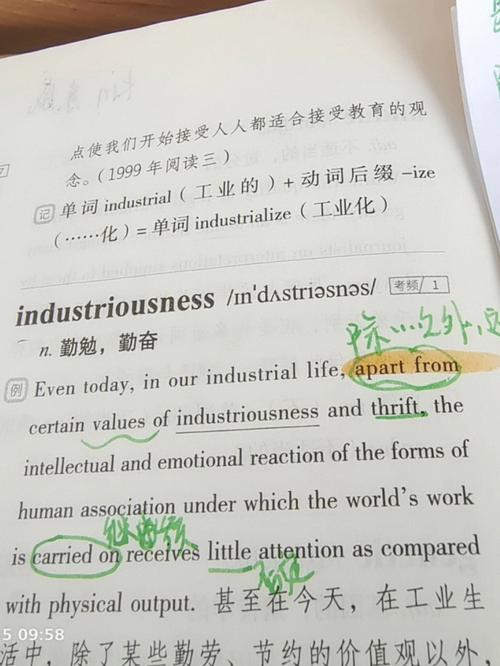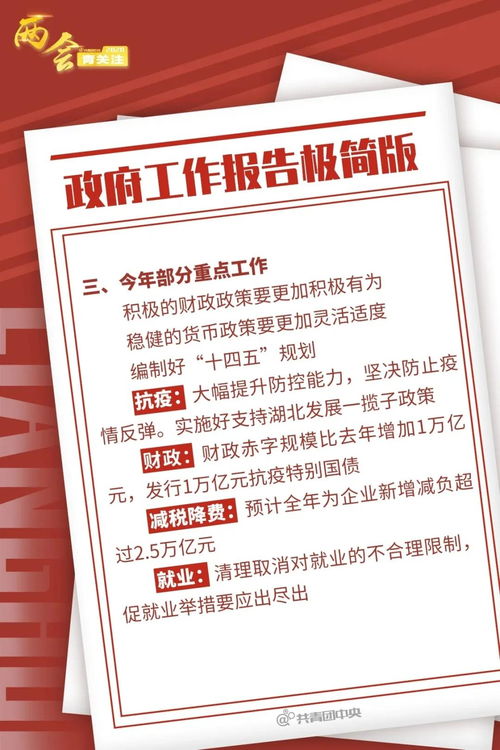考研流程示意图2021
考研流程Guide to the Graduate School Entrance Examination Process**
The journey to pursuing a graduate degree through the entrance examination, commonly referred to as the "考研" (kǎo yán) in Chinese, entails a structured process that demands meticulous planning, rigorous preparation, and strategic execution. Below, I present a comprehensive outline delineating the various stages involved in this arduous yet rewarding endeavor.
1. Preliminary Preparation:
SelfAssessment:
Begin by evaluating your academic strengths, weaknesses, and career aspirations. Determine your desired field of study and target universities.
Research:
Thoroughly investigate the admission requirements, examination formats, and syllabi of your chosen programs. Familiarize yourself with past exam papers and syllabi to gain insights into the examination patterns and topics.
Timetable Establishment:
Develop a realistic study schedule tailored to your needs, allocating sufficient time for each subject area while balancing other commitments.2. Registration and Application:
Registration Period:
Keep abreast of the registration timelines and deadlines provided by the examination authorities.
Document Preparation:
Gather the requisite documents, including academic transcripts, identification proofs, and any other specified materials. Ensure all documents are authentic and up to date.
Online Application:
Complete the online application form accurately, providing all necessary details and adhering to the specified guidelines.
Fee Payment:
Remit the examination fees within the stipulated timeframe to confirm your registration.3. Intensive Study Phase:
Subject Review:
Devote ample time to reviewing the core subjects and topics included in the examination syllabi. Employ a systematic approach, covering each subject comprehensively.
Practice:
Regularly engage in practice tests and mock examinations to gauge your progress and identify areas requiring further improvement.
Revision:
Periodically revise the studied material to reinforce your understanding and retention of key concepts.4. Examination Day Preparation:
Logistics Planning:
Plan your travel to the examination center in advance, ensuring punctuality on the day of the examination.
Essential Items:
Prepare all essential items, including your admission ticket, identification documents, stationery, and any permitted reference materials.
Mental Preparation:
Cultivate a positive mindset and maintain composure amidst the examination pressure. Prioritize adequate rest and relaxation in the days leading up to the exam.5. Examination Execution:
Adherence to Instructions:
Follow the instructions provided by the examination invigilators meticulously, adhering to the prescribed guidelines and regulations.
Time Management:
Allocate time judiciously to each section of the examination, ensuring optimal utilization of the allotted time.
Focus and Precision:
Maintain focus and concentration throughout the examination duration, striving for accuracy and precision in your responses.6. PostExamination Phase:
Review:
Reflect on your performance in the examination, identifying areas of strength and areas requiring improvement.
Score Interpretation:
Upon receiving your examination results, interpret your scores in conjunction with the cutoff scores and admission criteria of your desired universities.
Contingency Planning:
Prepare contingency plans in the event of unforeseen outcomes, considering alternative study options or retake strategies if necessary.In conclusion, navigating the graduate school entrance examination process demands a structured approach, diligent preparation, and steadfast determination. By adhering to the aforementioned guidelines and strategies, you can enhance your prospects of success and embark on a rewarding academic journey towards realizing your












评论